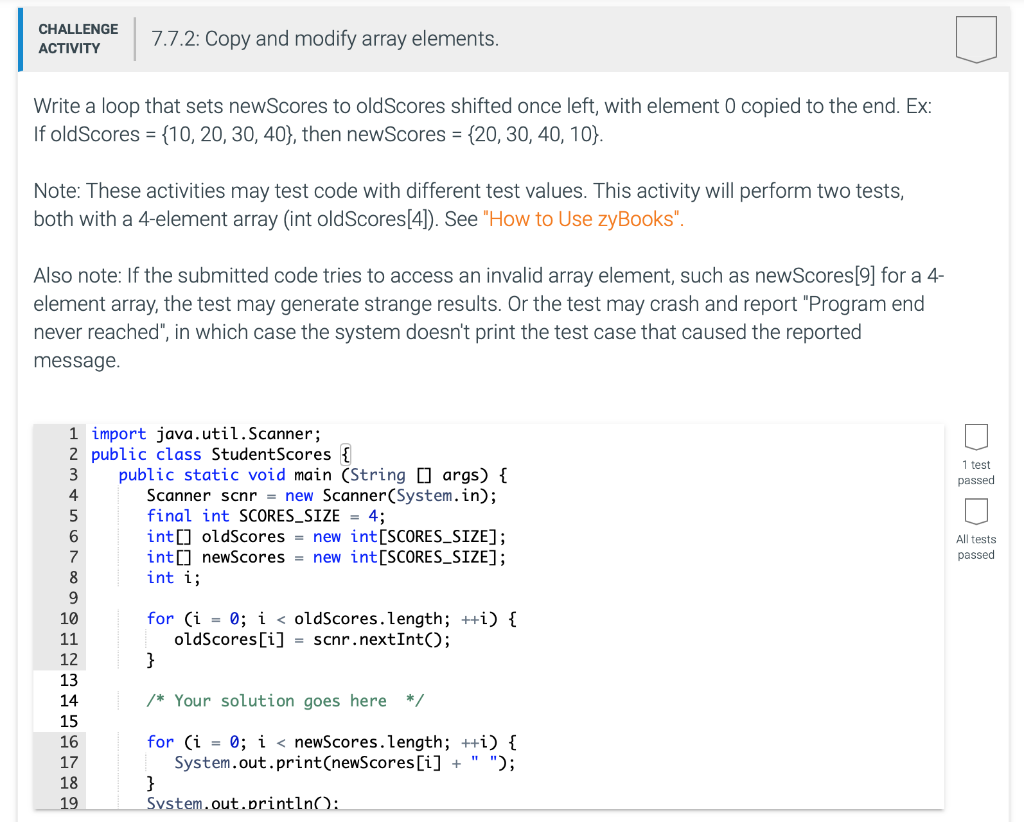
In the example, the following decision-based tests can be undertaken: These tests are initiated to check for possible system outcomes when a particular condition is met. In the example, since the user id requires a minimum of 6 characters, this test will be used to check how the system responds when less than 6 characters are entered. These tests are used to check how the system behaves when data limits are implemented. In the example, since the user id field can accommodate a maximum of 10 characters, it should behave the same way anytime data > 10 is entered. If the condition does not work in one partition, it won’t work in any of the others. Consequently, you only need to test one condition across all partitions. In this test, data in each partition must respond in the same way. Test data is segregated into partitions called equivalence data cases.

This test ensures that this workflow proceeds and completes without any errors. In the example, this would entail testing the customer journey – HRMS application loading, entering accurate credentials, directing to the home page, performing tasks, logging out of the system. Test the system to gauge if all components are working perfectly in combination. The use-case scenario above can be tested through a variety of functional testing techniques.
4 elements test password#
The password field requires a minimum of 6 characters, a maximum of 8 characters, numbers (0-9), letters (a-z, A-Z), all special characters.User id must begin with a number/character. The user id field requires a minimum of 6 characters, a maximum of 10 characters, numbers(0-9), letters(a-z, A-z), special characters (only underscore, period, hyphen allowed).When successful, the login page directs the user to the HRMS home page. It also has two buttons – Login and Cancel. The login page has two text fields for username and password. This reveals if the system is working as expected.Įxample: Use Case Scenario for Functional TestingĪn online HRMS portal on which the user logs in with their user account and password. Compare actual output from the test with the predetermined output values.Determine acceptable output parameters according to specified requirements.Create input data for functionalities to be tested according to specified requirements.This can vary from testing main functions, messages, error conditions and/or product usability.


4 elements test software#
4 elements test code#
In unit testing, code coverage is mandatory.This usually involves writing tests that call the methods in each unit and validate them when they return values that match the requirements. Unit Testing: This is performed by developers who write scripts that test if individual components/units of an application match the requirements.This article will lay out a thorough description of functional testing, its types, techniques, and examples to clarify its nuances.

Functional testing is only concerned with validating if a system works as intended. It uses black-box testing techniques, in which the tester has no knowledge of the internal system logic. Functional testing is the process through which QAs determine if a piece of software is acting in accordance with pre-determined requirements.


 0 kommentar(er)
0 kommentar(er)
